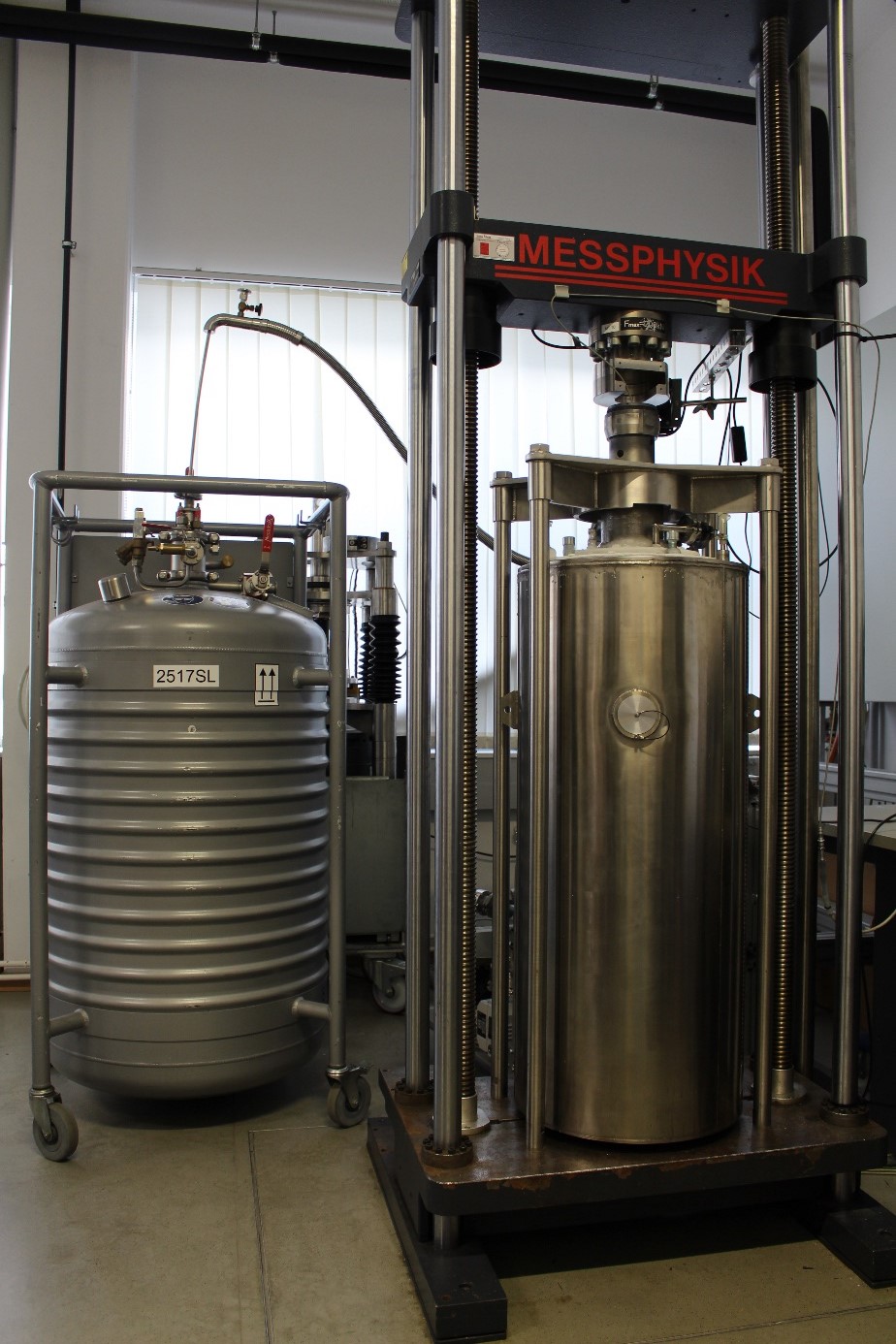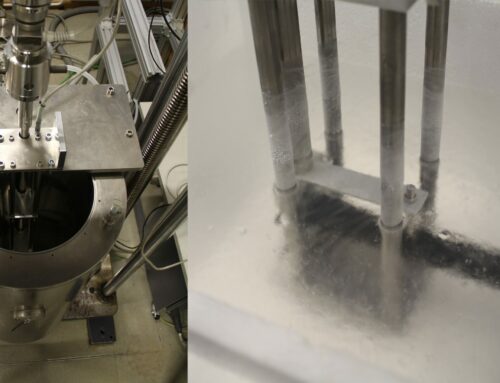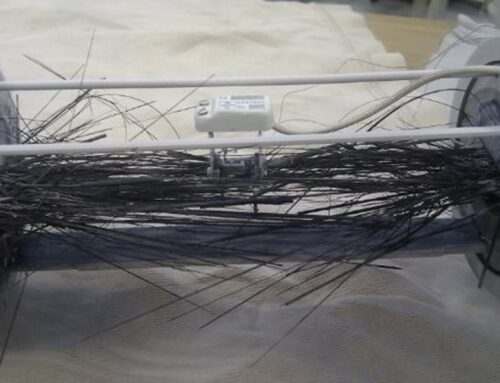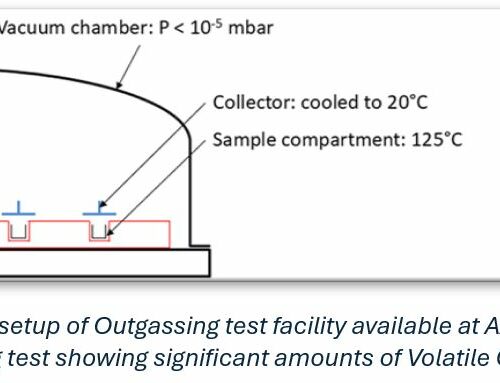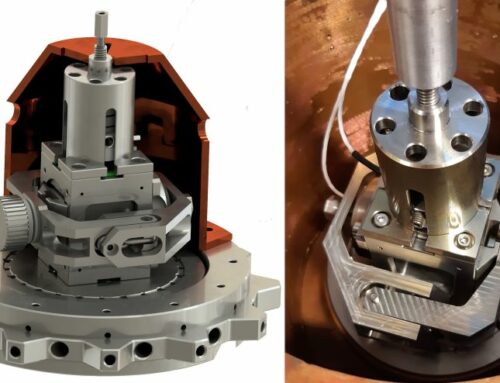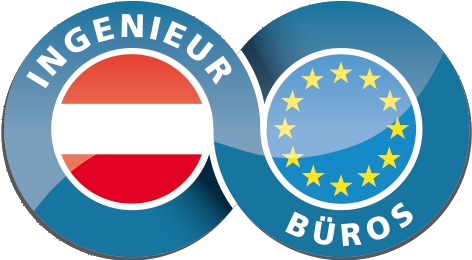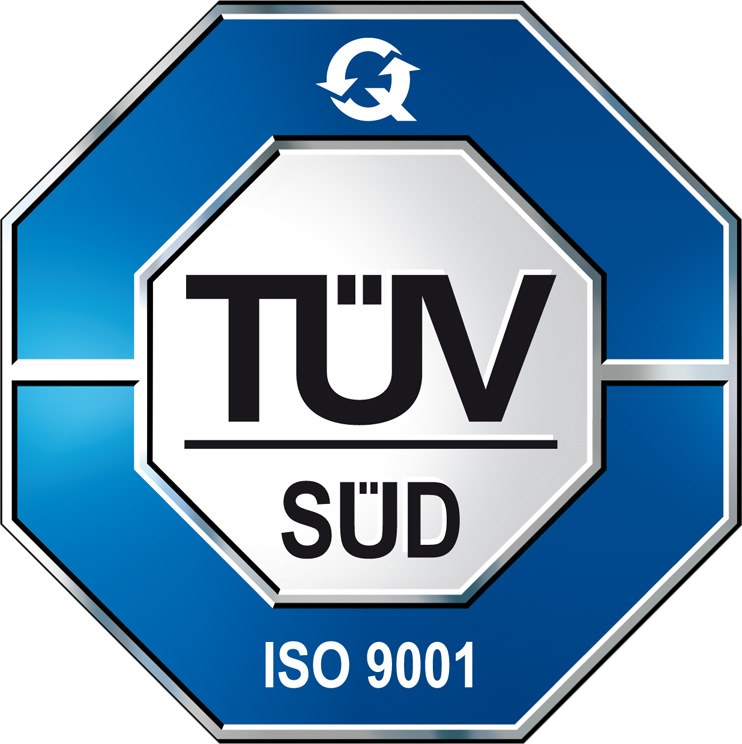In the dynamic world of aerospace engineering, innovation knows no bounds. As we push the boundaries of what’s possible in aviation and space, one frontier that demands our attention is cryogenic materials testing. In this blog article, we delve into the fascinating realm of cryogenics and its crucial role in shaping the future of aerospace engineering, particularly in the development of electric and hydrogen-powered aircraft.
Understanding Cryogenic Materials Testing
Cryogenics, the study of materials at extremely low temperatures, presents unique challenges and opportunities in aerospace engineering. With temperatures dipping below 120K, engineers must grapple with the behaviour of materials under such extreme conditions. Cryogenic materials testing involves assessing how low temperatures impact the mechanical and electrical properties of aircraft components, from tanks and pipes to sensors and heat exchangers.
Challenges and Solutions
One of the key challenges in cryogenic materials testing is the development of specialized equipment capable of withstanding ultra-low temperatures. Facilities equipped with liquid helium systems and cryogenic test units play a crucial role in advancing our understanding of materials performance in cryogenic environments. Additionally, researchers are exploring novel materials and manufacturing techniques to address the unique demands of cryogenic applications in aerospace engineering.
Applications in Electric and Hydrogen Aircraft
The emergence of electric and hydrogen-powered aircraft has propelled cryogenic materials testing to the forefront of aerospace innovation. As these next-generation aircraft rely on materials and systems for liquid hydrogen storage, engineers must adapt testing methodologies to ensure the safety and reliability of these new technologies. From liquid hydrogen tanks to power cables, cryogenic testing is essential for validating the performance of critical aircraft components.
Collaborative Efforts and Future Prospects
Collaboration between academia, industry, and research institutions is essential for advancing cryogenic materials testing in aerospace engineering. Institutions like Aerospace & Advanced Composites GmbH are leading the way in developing state-of-the-art testing facilities and conducting groundbreaking research in cryogenics. Looking ahead, continued investment in research and development will drive innovation in cryogenic materials testing and pave the way for the next generation of aerospace technologies.
Conclusion
As we navigate the frozen frontiers of cryogenic materials testing, we are poised to unlock new possibilities in aerospace engineering. From electric air taxis to hydrogen-powered commercial aircraft, the future of aviation is fueled by innovation and driven by our collective commitment to pushing the boundaries of what’s possible. By harnessing the power of cryogenics, we are shaping a future where air travel is not only efficient and sustainable but also safer and more reliable than ever before.
Interested in more information or cryogenic testing? Get in touch with our team of experts at office@aac-research.at or visit us at Aerospace & Advanced Composites: Mechanical Testing

